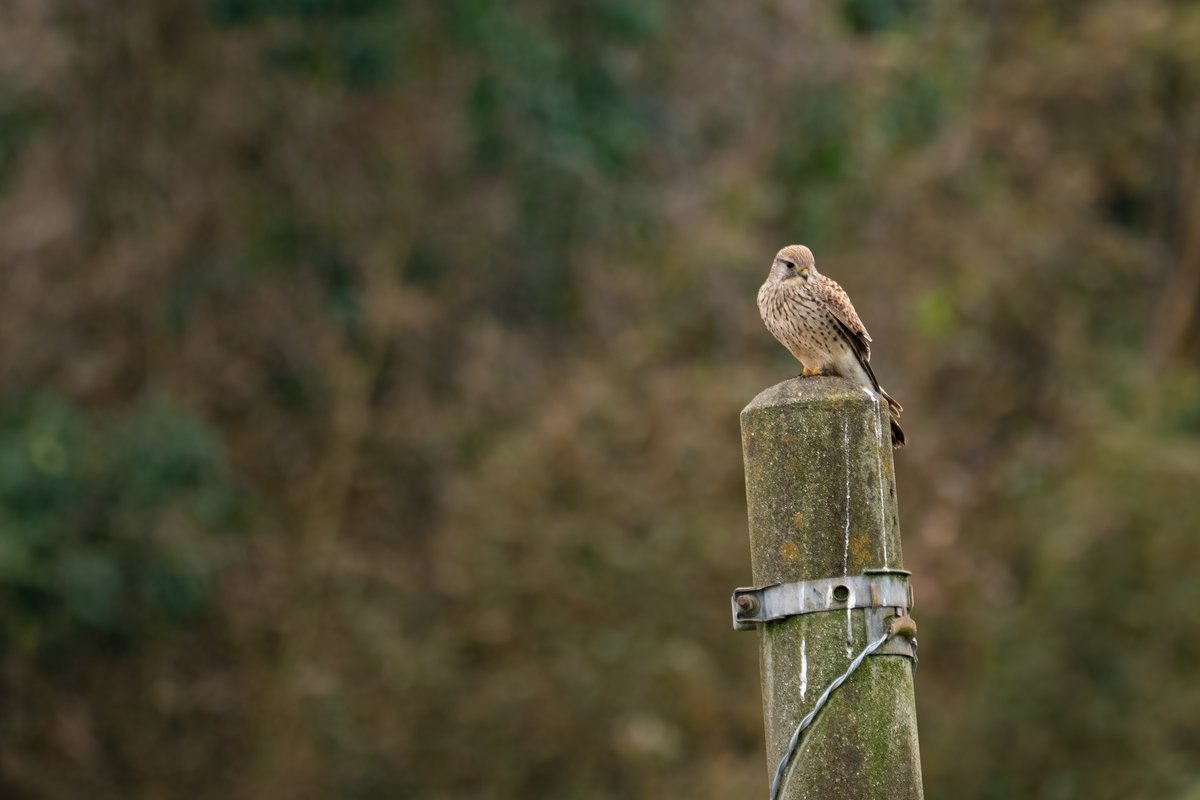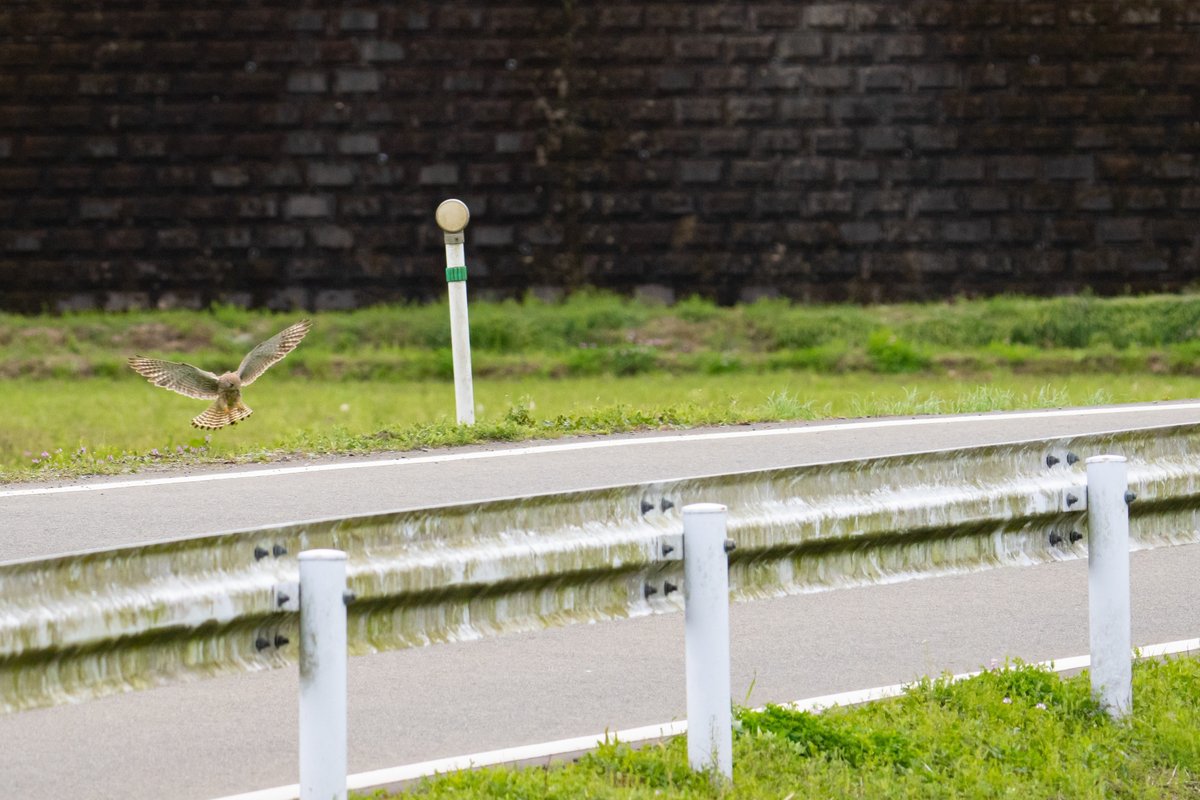
懸命に生きる野鳥たち「カラス・カワガラス・チョウゲンボウ」
みなさんこんにちはソライトです。
(Hello, everyone. This is Soraito.)
今回は野鳥撮影をする中で懸命に生きている野鳥たちを見て感じたことやその時の様子を共有したいと思います。
(Today, I'd like to share my observations and feelings about the wild birds I've seen living their lives with diligence during my bird photography sessions.)

(A Flock of Crows)
2月に撮影した写真なんですが、ふと上空を見上げた時にこのカラスの大群が居ました。
今までにもこういう感じで群れをなしているのを見たことがあるんですが、野鳥撮影をしていると、なんで群れをなすんだろうと疑問に思ってしまい、少し調べてみました。
これは特に秋から冬にかけての光景で、理由としては春夏で子育てを終えたカラスが集団で集まって行動を共にするみたいで、寝たり食事をしたりする時に群れをなすことで天敵から身を守ったり、エサの場所をお互いに教えあったりしたりするそうです。
何も知らないでこの光景を見ると何か悪いことでも起きるのかななんて今までは思うこともありましたが、調べることでカラスの生態を知れるので先入観だけでことを考えないようにしないといけないなぁと思いました。
(In February, I happened to look up and saw this huge flock of crows. I've seen them flocking like this before, but as I got more into bird photography, I started wondering why they form flocks. It turns out, especially from autumn to winter, after finishing raising their young in spring and summer, crows gather and act together. They form groups to protect themselves from predators and share information about food sources.
Before I knew this, I sometimes thought such a sight might be a bad omen, but researching their behavior has taught me not to judge based on preconceptions.)

(A Dipper with Food)
この写真は普通のカラスとそっくりなカワガラスの写真なんですが、この時は初めてブラインドテントと言う、テントの中に入って野鳥たちから隠れながら撮影できるテントを使った時に撮影した写真です。
カワガラスがエサを咥えているんですが、多分というかほぼ確定なんですがこの近くに巣があって雛たちにエサを与えていたんだと思います。
夜明け前の暗い時間にテントを設営して待っていたら7時前後にカワガラスが活動し始めてそれから12時くらいまでずっとエサを取ってきては雛にエサをやるというのを繰り返していました。ぼくは12時には撤収したのでもしかしたら12時以降もエサやりをしていたかも知れません。
観察していると面白い発見もあって、カワガラスがエサを取って戻ってくるんですが、その時に写真に写っているカワガラスが乗っている岩に必ずと言っていいほど乗るんです。
乗った後に360度辺りを見渡して、そして写真に写っているもう一つ上の岩に乗って、さらに360度見渡すんですよね。
多分これは雛たちにエサをやる前に辺りに天敵が居ないかを確認して巣に入ってエサをやるというのをしているのではないのかなと思います。
仮に辺りを確認しないで巣に入って行って、もしそれを見た天敵が居たら、またエサを取りに行った間に巣に入って雛たちを襲うから、天敵が居ないかを入念に確認しているんではないのかなと思いました。
この姿を見て本当に頑張っているなぁと、一生懸命に生きているんだなぁと感じましたし、ぼくももっと頑張らないといけないなぁと思いました。
(This photo features a Dipper, which looks quite similar to a regular crow. This was the first time I used what's called a blind tent, which allows you to photograph wild birds from hiding. The Dipper was carrying food, and I'm pretty sure there was a nest nearby because it kept bringing food back to its chicks.
I set up the tent before dawn and started waiting. Around 7 AM, the Dipper became active, and until about noon, it repeatedly went to fetch food for its chicks. I left at noon, so it might have continued feeding them even after that.
Observing them, I noticed an interesting behavior. The Dipper would always land on the rock shown in the photo before going to the nest. After landing, it would look around 360 degrees, then hop onto another rock higher up and survey the area again. This was probably to check for predators before feeding the chicks. If a predator had seen it enter the nest without checking the surroundings, it might attack the chicks while the parent was away. Watching this, I felt deeply moved by their dedication to survival and realized I need to strive harder in my own life.)

(A Kestrel Hunting from a Pole)

(A Kestrel in the act of capturing its prey.)
最後に農耕地などで見かけることの多いチョウゲンボウの写真です。
野鳥撮影を始めるまでチョウゲンボウという野鳥がこんなに身近に居たことを知りませんでした。
山の方へ野鳥撮影に出かけるとき農道を通っていたら電線に野鳥が止まっていて、最初はトンビかなと思ってあまり気にしなかったんですが、よく見てみると体はトンビみたいに大きくないし、色合いもトンビみたいにこげ茶っぽくないのでなにかなと思ってとりあえず写真を撮って後から調べてみたらチョウゲンボウということを知りました。
しかし、ぼくはこのチョウゲンボウでの撮影で少し反省をしました。
それはもっと寄りで撮影したいという気持ちで近くに寄ってしまって、それが原因でチョウゲンボウがその場から逃げて行ったことです。
やはり野鳥撮影をしているともっと寄りの写真を撮りたいという気持ちが湧いてきてしまって近づいてしまったんですが、そうするとチョウゲンボウも離れていた時は警戒していなかった様子だったんですが、60m、50mぐらいと近づくにつれてコチラを見て警戒をしている様子でした。
40mぐらいの距離で、さすがにぼくもこれ以上は近づけないなと思い、その場でカメラをチョウゲンボウの方に向けたら、同時に車が通ったのもあってかその瞬間に別の場所に飛んで行きました。
獲物を探している時に警戒させたり、邪魔をさしてしまったなぁと、この時ものすごく反省しました。
変わらず今の生態系を後世にも見れるようにしなきゃいけないので、これを機にこれからはチョウゲンボウに限らず他の野鳥にも近すぎたりしないように心がけたり、前述したブラインドテントの購入もしました。
(Lastly, a photo of a Kestrel, which I didn't know lived so close to us until I started bird photography. When I was driving through the countryside for birdwatching, I spotted a bird perched on a utility pole and initially thought it was a kite. However, upon closer inspection, it wasn't as large as a kite, nor was its coloration dark brown, so I took a photo and later found out it was a Kestrel.
However, I regretted trying to get a closer shot because it caused the Kestrel to fly away. The desire for a closer photo made me approach too closely, which alarmed the Kestrel, previously unbothered at a distance. As I got within about 40 meters, it became clear it was on high alert, watching me closely. When I finally aimed my camera at it from that distance, coinciding with a passing car, it flew off to another spot.
I felt very guilty for disturbing its hunt and realized I must not only refrain from getting too close to Kestrels but also to all wild birds in the future. This experience prompted me to invest in a blind tent, aiming to preserve the current ecosystem for future generations without causing disturbance.)
この記事が気に入ったらサポートをしてみませんか?
